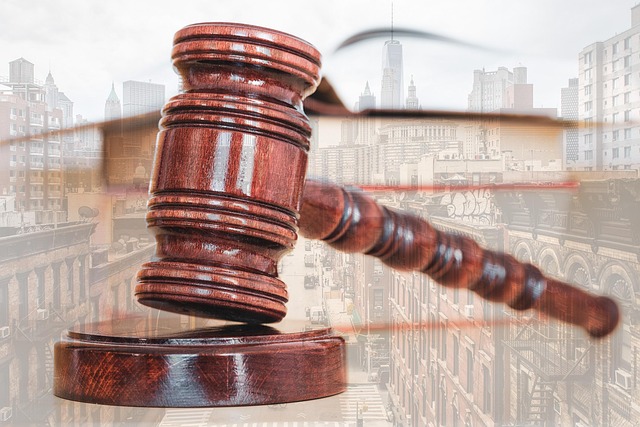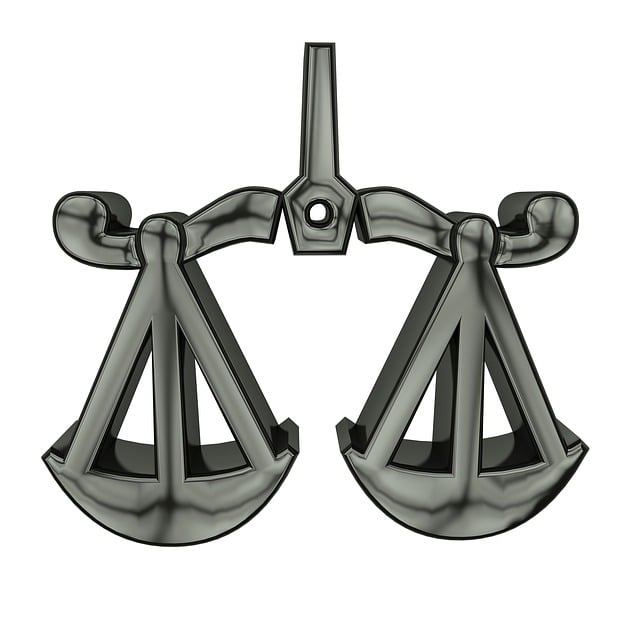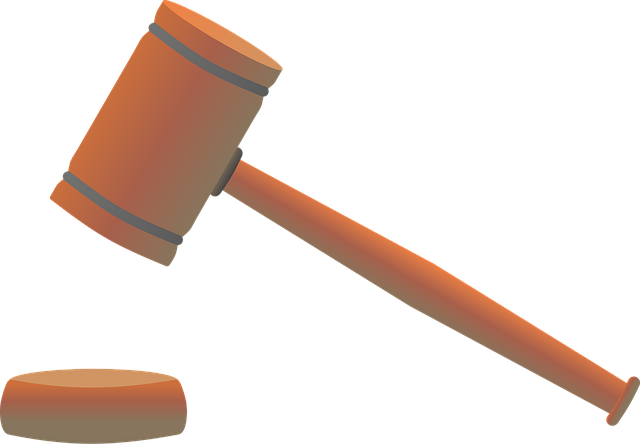Regulatory fraud laws target deceptive practices in diverse sectors, emphasizing terms like fraud, manipulation, and deception. Defense strategies in high-stakes cases focus on contesting witness credibility through cross-examination, expert testimony, and document analysis, requiring meticulous detail and expertise in regulatory frameworks. Key to achieving positive outcomes is uncovering biases, resolving inconsistencies, and presenting compelling evidence that questions witness reliability.
In an era of complex regulatory landscapes, understanding and adhering to fraud laws is paramount for businesses and individuals alike. This article delves into the intricacies of Regulatory Fraud Laws, focusing on key definitions and their scope. We explore practical strategies to prepare and cross-examine witness testimony effectively, while also detailing effective techniques for challenging credibility in court. By understanding these methods, you can better navigate legal proceedings and contest witness credibilities during trials.
- Understanding Regulatory Fraud Laws: Key Definitions & Scope
- Strategies to Prepare and Cross-Examine Witness Testimony
- Effective Techniques for Challenging Credibility in Court
Understanding Regulatory Fraud Laws: Key Definitions & Scope

Regulatory fraud laws are designed to protect the integrity of financial markets and consumer protections by penalizing individuals and entities engaged in deceptive practices. Understanding these laws begins with grasping key definitions such as “fraud,” “manipulation,” and “deception.” Fraud involves intentionally misleading others for personal gain, while manipulation entails altering market prices through false or misleading information. The scope of these laws extends to various sectors, including financial services, healthcare, and environmental regulations. In high-stakes cases, a robust white collar defense strategy can be crucial, focusing on strategies to contest witness credibility in trials.
By examining the context and motives behind alleged infractions, legal teams can challenge the veracity of evidence and testimonies. This involves thorough cross-examination, expert witness testimony, and a critical analysis of documentations. Achieving extraordinary results in these complex cases often hinges on meticulous attention to detail, strategic planning, and a deep understanding of both the regulatory framework and the nuances of each specific case.
Strategies to Prepare and Cross-Examine Witness Testimony

Preparing for witness testimony is a strategic art, especially when navigating complex regulatory fraud cases. Lawyers must employ meticulous techniques to gather and assess evidence, ensuring every aspect is covered during cross-examination. One key strategy involves thorough background checks on potential witnesses, delving into their credentials, associations, and any prior statements or records that could impact their credibility. Understanding the circumstances surrounding a witness’s involvement in the case is crucial, as it provides insights into potential biases or motivations.
During cross-examination, attorneys can challenge witness accounts by questioning the consistency of their statements over time, examining any conflicts with other evidence presented, and exploring the reliability of their memory. By uncovering subtle nuances and inconsistencies, lawyers can effectively cast doubt on the witness’s overall credibility. This approach, when combined with a comprehensive understanding of all stages of the investigative and enforcement process, becomes a powerful tool for defending clients in regulatory fraud trials, ensuring that respective business interests are protected.
Effective Techniques for Challenging Credibility in Court

When facing regulatory fraud charges, mounting an effective defense involves more than just disputing the facts. Credibility plays a pivotal role in trials, and challenging witness credibility can significantly strengthen your case. This strategy is key to achieving winning challenging defense verdicts and even avoiding indictment or the complete dismissal of all charges.
Implementing robust strategies to contest witness credibility requires meticulous preparation. It involves thorough cross-examination, investigating potential biases, and scrutinizing inconsistencies in their statements. Presenting compelling evidence that casts doubt on a witness’s reliability can sway jurors’ perception and lead to more favorable outcomes. Remember, the goal is not to discredit but to expose any ulterior motives or inaccuracies, thereby enhancing your defense position.
In navigating regulatory fraud cases, understanding and employing effective strategies to contest witness credibility is paramount. By familiarizing oneself with key definitions, scope, and preparation techniques outlined in this article, legal professionals can enhance their ability to challenge testimony in court. Utilizing these methods, practitioners can ensure fair trials, upholding the integrity of regulatory frameworks and protecting against fraudulent practices. As such, mastering Strategies to Contest Witness Credibility in Trials is essential for any advocate aiming to navigate complex legal landscapes effectively.






